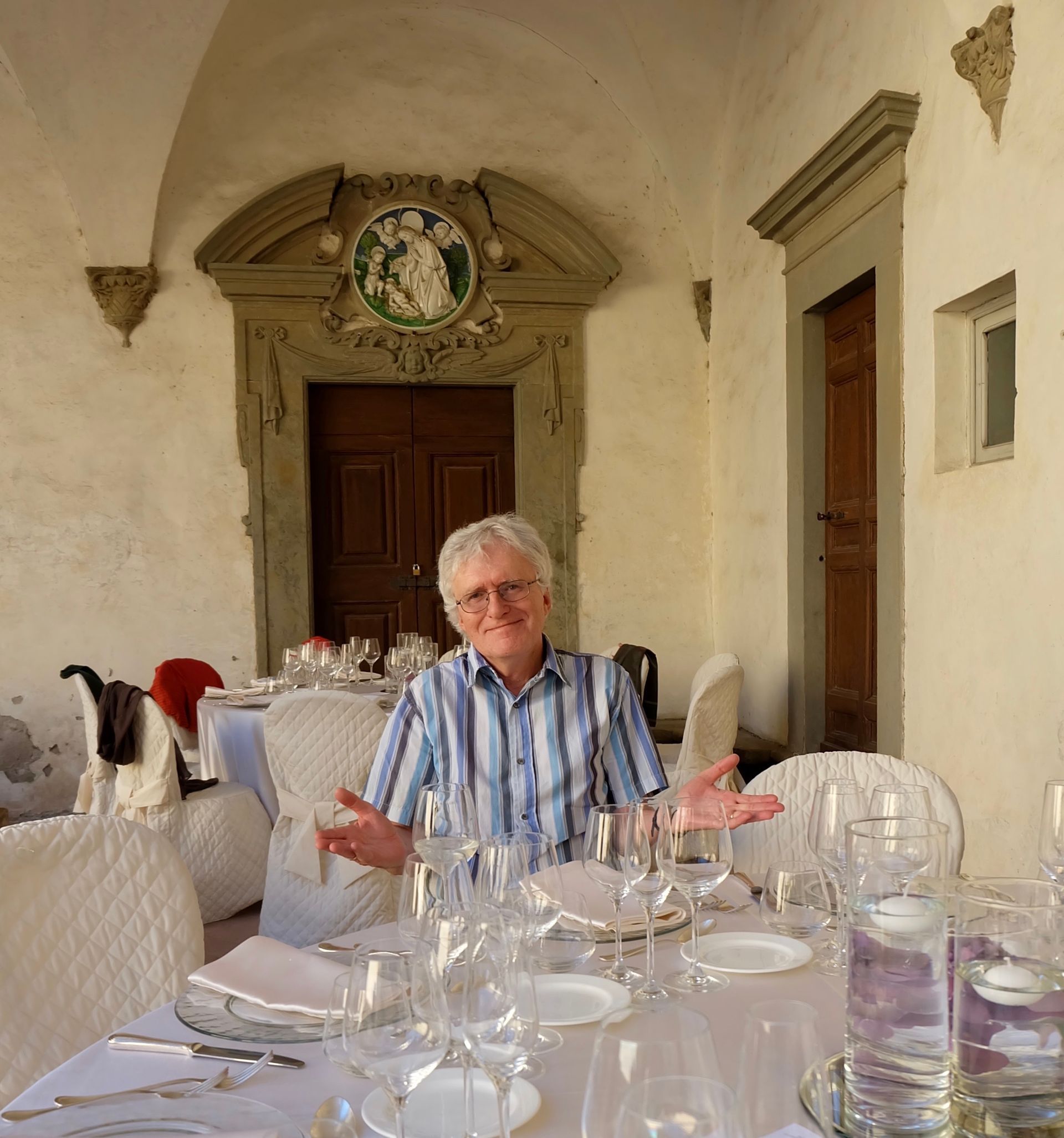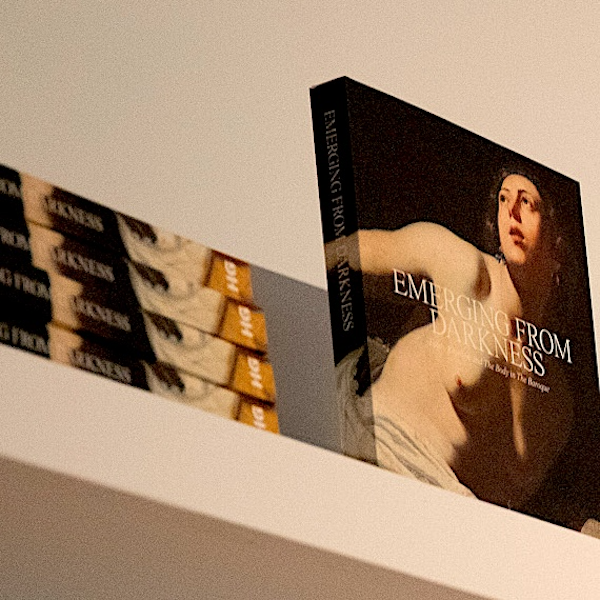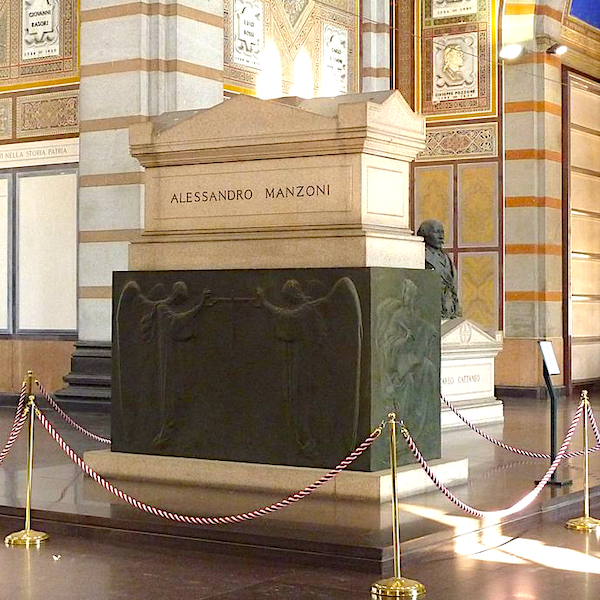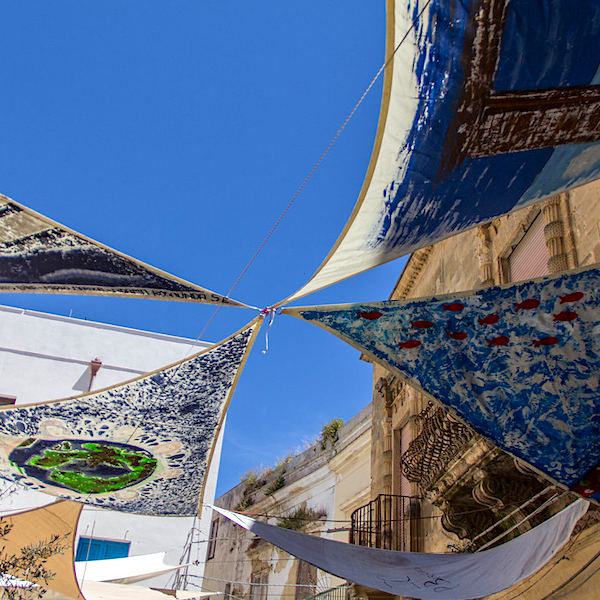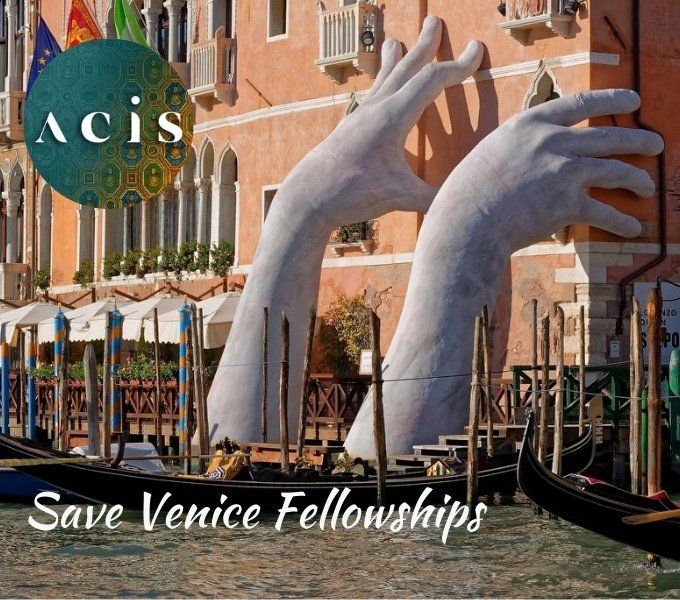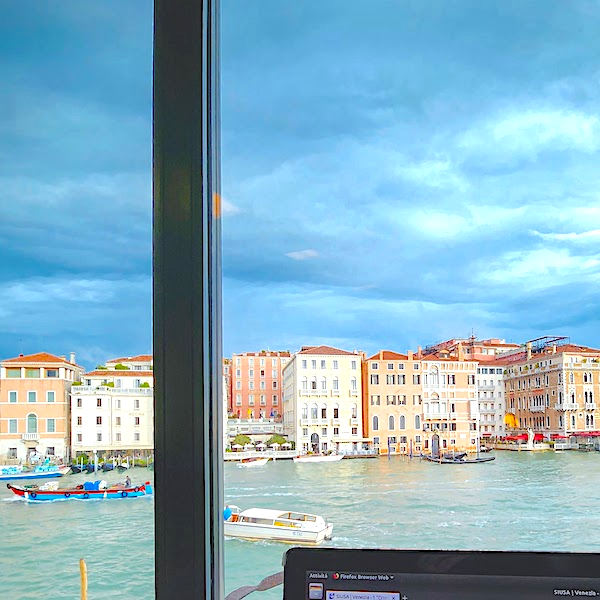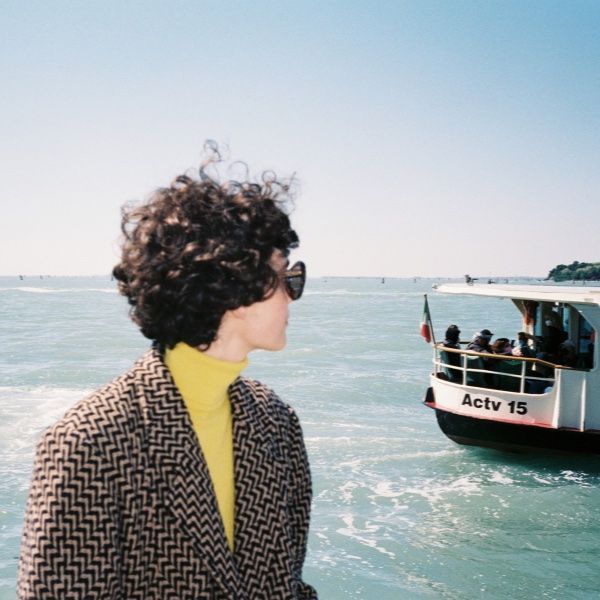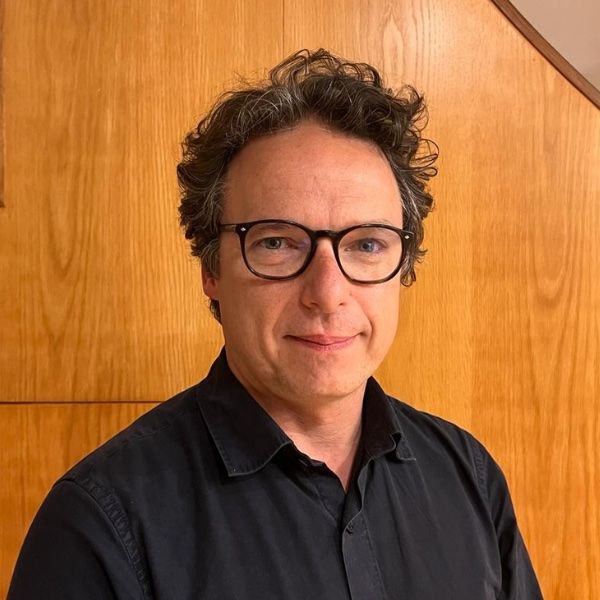Vale Vittorio Taviani (1929-2018)
Gino Moliterno ANU
 Sadly, the front ranks of the veteran Italian film directors continue to diminish. Only two years after the disappearance of Ettore Scola, 88 year-old Vittorio Taviani has also folded up his director’s chair and passed on. For six decades, always and indissolubly joined at the artistic hip with his slightly younger brother, Paolo, Vittorio had formed the vital half of a prolific filmmaking duo who produced some of the most memorable films of the Italian postwar cinema. By their own account – and they have always spoken with a single voice – the Taviani brothers first discovered their passion for filmmaking as teenagers, skipping school one day and chancing to catch a screening of Roberto Rossellini’s Paisà. Sons of a vehemently anti-fascist lawyer who had also taken up arms as a partisan, the boys had had direct experience of the recent war and now were struck by the power of film to represent reality. As they left the cinema they resolved that they would be filmmakers.
Sadly, the front ranks of the veteran Italian film directors continue to diminish. Only two years after the disappearance of Ettore Scola, 88 year-old Vittorio Taviani has also folded up his director’s chair and passed on. For six decades, always and indissolubly joined at the artistic hip with his slightly younger brother, Paolo, Vittorio had formed the vital half of a prolific filmmaking duo who produced some of the most memorable films of the Italian postwar cinema. By their own account – and they have always spoken with a single voice – the Taviani brothers first discovered their passion for filmmaking as teenagers, skipping school one day and chancing to catch a screening of Roberto Rossellini’s Paisà. Sons of a vehemently anti-fascist lawyer who had also taken up arms as a partisan, the boys had had direct experience of the recent war and now were struck by the power of film to represent reality. As they left the cinema they resolved that they would be filmmakers.
They were soon making short films and documentaries and in 1954, together with Valentino Orsini, a friend and ex-partisan also passionately interested in filmmaking, they produced their first significant documentary, San Miniato luglio 1944. The film portrayed a massacre in the Taviani’s native town carried out by retreating Germans in the latter part of the war, an event that they would revisit in greater scope in what many consider one of the greatest of their later films, La notte di San Lorenzo ( The Night of the Shooting Stars , 1982). Still serving their apprenticeship, however, they then collaborated with legendary Dutch documentarist, Joris Ivens, to make L’Italia non è un paese povero ( Italy Is Not A Poor Country, 1960) for national television, before, again together with Orsini, finally directing their first feature film, Un uomo da bruciare ( A Man To Be Burned , 1962). Recounting the tragic story of Salvatore Carnevale, a militant Sicilian union organiser murdered by the mafia for daring to challenge its power and authority, the film was also the Taviani’s first and very fruitful encounter with one of the great actors of the Italian screen, Gian Maria Volonté.
As Italy moved almost inexorably towards the explosion of 1968, the Taviani caught the social and political ferment of the times in their films: I fuorilegge del matrimonio ( Outlaws of Love , 1963), dramatised the issues surrounding the continuing absence of divorce in Italy; I sovversivi ( The Subversives , 1967), the existential loss of direction felt by leftist militants at the death of historic PCI leader, Palmiro Togliatti. Made as 1968 erupted in all its fury, the dark and violent political allegory in Sotto il segno dello scorpione ( Under the Sign of Scorpio , 1969), again starring Gian Maria Volonté, confounded the critics when it was shown at the Venice Film Festival but confirmed the Taviani’s status as politically-committed filmmakers. As the anni di piombo began to cast their pall over an ever more divided nation, the brothers continued to explore the tension between revolutionary aspirations to a political utopia and its practical unachievability in San Michele aveva un gallo ( Saint Michael Had A Rooster , 1971) and the operatic Allonsanfan (1973), both set in the context of failed revolutionary movements of the 19th century. However it was the more contemporary and more personal struggle for freedom recounted in Padre padrone ( My Father My Master , 1977) that would finally bring the brothers international recognition. The film won both the FIPRESCI prize and the Palme d’or at Cannes where, significantly, it was championed by no less a figure than Roberto Rossellini as head of the jury, thereby enacting something of a closing of the circle that had been opened with the brothers’ first viewing of Paisà.
The 1980s, much lamented by critics as the years of the great crisis and near-death of postwar Italian cinema, saw the Taviani make several of their greatest films. In La notte di San Lorenzo they were able to revisit the massacre at San Miniato but now as an epic and poetic fable recounted by a mother to her infant daughter at bedtime. A work of stunning visual beauty, complemented by a stirring musical score by Nicola Piovani , the film received six David di Donatello awards and two Nastri d’argento in Italy and both the Ecumenical and the Grand Jury Prize at Cannes, where it had also been nominated for the Palme d’or. This tour de force of filmmaking was followed by the equally impressive Kaos ( Chaos, 1984), a masterful retelling of four stories by Luigi Pirandello in the Tavianis’ now characteristic poetic style. Three years later, Good morning Babilonia ( Good Morning, Babylon, 1987), the invented story of two Italian brothers trained as art restorers who are called to work on the set of D. W. Griffith’s Intolerance (1916), was in essence the Taviani brothers’ heartfelt hymn to the art of cinema.
While not abandoning political themes altogether, in the 1990s the brothers largely concentrated their efforts on literary adaptations, providing elegant transcriptions of novels by Leo Tolstoy in Il sole anche di notte ( Night Sun, 1990), Anna Karenina (2000), and Resurrezione ( Resurrection, 2002), and by Johann Wolfgang Goethe in Le affinità elettive ( The Elective Affinities, 1996). In the new millennium they were again able to marry politics and literature in La masseria delle allodole ( The Lark Farm , 2007), the adaptation of a prize-winning novel by Armenian-Italian writer, Antonia Arslan, recounting the tribulations of two extended families during the Armenian genocide of the First World War. This was followed by Cesare deve morire ( Caesar Must Die , 2012), the engrossing documentation of preparations for a public performance of Shakespeare’s Julius Caesar by inmates of Rome’s highest-security prison and Meraviglioso Boccaccio ( Wondrous Boccaccio , 2014), an elegant revisitation of the Decameron but at heart a love letter by the Taviani to their native Tuscany.
Their most recent film – one that they confessed to have long aspired to make – was Una questione privata ( Rainbow: A Private Affair , 2017), an adaptation of Beppe Fenoglio’s semi-autobiographical wartime novel about a partisan in the Resistance movement torn by the contrasting demands between the personal and the political. Vittorio, still recovering from an accident he had suffered in 2016, had been forced to forgo being on set in northern Italy during the actual filming, making this the first time in sixty years that the brothers had not physically directed a film together. However, at the film’s release six months ago, both brothers were adamant in asserting that Vittorio had been able to make his usual input and the film, as always, had been a joint creation. Unfortunately Vittorio’s physical absence from the set had been a presage. Italian cinema has lost another of its greats.
